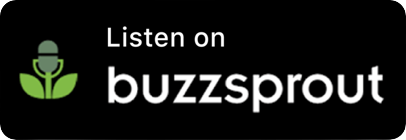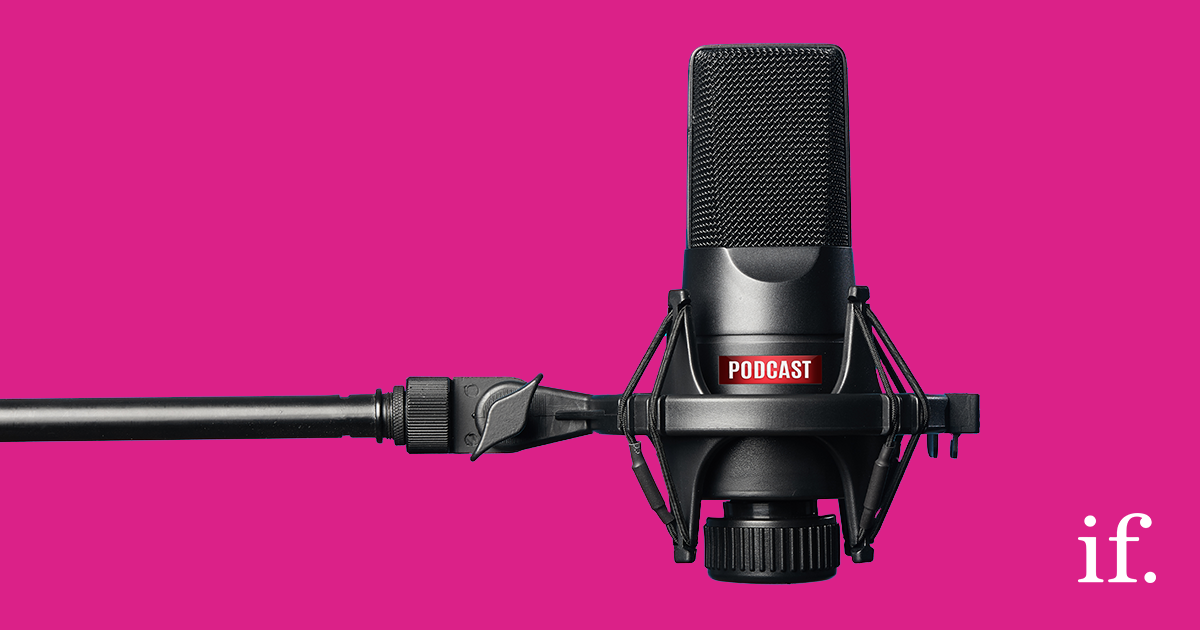Ep 26: Serious Social – Don’t make a boob being brave
Social is all about being brave. So, in this episode of Serious Social Live, Associate Director Belle Lawrence gives some examples of brand bravery and gives away some best practice tips on avoiding mistakes!
If you’re after more know-how to break the social boring, subscribe now.
Full Transcript
Welcome to the Serious Social podcast, created by the straight-talking social media experts at immediate future.
Welcome to Serious Social Live – I’m Belle Lawrence and here we are streaming on LinkedIn, Facebook and YouTube from our gorgeous office in Kingston.
I must say that for the few of us who have ventured into the office today, we’re feeling very brave. We’re lucky that our office is large enough to allow us to distance, and as courage is something we value highly in our business these times of transition are certainly an opportunity to demonstrate bravery!
We think that for many brands, social media requires bravery.
For some brands who are as old as the hills, or might have a history of formality, it’s easy to understand what path their bravery might take – a change of perception, new, perhaps younger leadership, a need to appeal to a younger demographic in order to continue growing.
For others, bravery is often about standing out, or as we like to say – breaking the social boring.
There’s no longer an excuse to post wallpaper, bland messages on your social feed and then complain when there’s very little, or no engagement. Yet, it still happens!
Bravery is described as “courageous behaviour or character”, being able to confront frightening things, to face our fears – as humans, we need to do this in order to overcome obstacles in our lives.
If the obstacle we’re tackling for brands is stunted business growth, lagging behind competitors or simply being the new brand on the block, it stands to reason that we need to find ways to be brave.
How can we do this? Well, often we need to spark debate, cut away the bounds of traditional “we’ve always done it this way” thinking, and even to put our grown-up pants on and stop avoiding taboo subjects.
So in today’s Serious Social, I wanted to look at how we, and some big brands, have encouraged bravery.
For my first example, I’m going to thank The Drum for their recent article on tackling taboos, as they included the ‘Britain Get Talking’ campaign which ITV launched alongside Mind and YoungMinds charities to promote mental wellness.
Stopping in the middle of what is usually a high-energy show, Britain’s Got Talent, on a Saturday night, our telly’s went silent, and we were shown shots of the backstage crew holding up signs that read “use our silence to talk to each other”.
What followed this, were several brands including Gillette, SEAT and Oral-B collaborating on a SILENT advert – that really does break all traditions in the telly ad space! What’s tricky for me about this campaign – and the follow up through social during Covid times by ITV celebs encouraging us all to think about mental health, is the disconnect with some of the shows ITV produces. This is a much deeper topic than I can go into today, but there has of course been widespread criticism and cancellation of shows like Jeremy Kyle, X-Factor and Love Island.
As brands take steps to be brave, they really do need to be in it wholeheartedly – and trust me, I’m not criticising ITV here, clearly, there is change afoot in the organisation, but the problems around some shows aren’t quite fixed – so my first recommendation for brands is-
By all means, look at what you want to debate or change in your sector, even the world, but do ensure you look at yourselves, too.
A brand we recently worked with did just that, and as a result, we broke some boundaries and perhaps changed the perception of that brand.
Quick spot test – when I mention Auto Trader, does your brain conjure up thoughts of the printed publication which you could pick up in your local newsagent and find a second-hand car? Or, does it perhaps make you think of their website where you might search for your next car restoration project? Or, do you get any image or thought in your head at all?
Auto Trader briefed us in early 2020 to work with them on making a step-change in their social media content. From research, they understood that many people under 35 fell into that third category – where the brand name didn’t really resonate at all. To change this, we looked at how we could engage this demographic – and, let’s be clear, it’s a wide range! From 17-year-olds who are just starting to drive, up to older millennials who might have house, dogs and kids, we had to look for common threads and interests.
As you might know, we like to do our research, and through social listening, we identified the key trend we could tap into – pop culture. And on top of that, humour. The majority of users on social are therefore entertainment, to fill some time relaxing and enjoying content – this is particularly true of the younger age range we were looking at.
So – attract a younger audience, make a step-change in content, generate engagement – we had to look for an idea that was totally different from their existing content, which was to be fair, largely about vehicle reviews. While they are great and high quality, they weren’t catching the eye of users who weren’t “petrol-heads”.
When we landed on the idea for “This Is Not A Drag Race”, mixing pop-culture and humour, we were also discovering that Auto Trader has a strong LGBTQ+ guild in house, that they participate in Manchester Pride and so collaboratively with the client team, we felt secure in approaching this for their brand – that covers my first recommendation.
During the process, we engaged with a Drag consultant, the fabulous Cheddar Gorgeous, to get advice and guidance on the Drag scene – was our idea going to fly with the community, were we going to step on any toes, to offend, and on top of that, how could we really make the content sing… or at least lipsync. This consultative element is my second recommendation for brands
- If you’re outside of your comfort zone or knowledge, engage outside parties – there’s no sense in not asking for help and then messing it up!
On to my third recommendation, which ties nicely to the second – if you’re engaging with the audience and consulting with people who understand them, you should be able to avoid stereotyping
- Do not stereotype about the audience!
There are lots of examples I could draw on here – many of them are centred around gender. So, when a clothing brand makes a kids T-Shirt for boys that say, “Future CEO” and for girls which say, “Ready for my selfie”, they will absolutely get called out on social media! A couple of years ago we worked on the social media to support Princess Cruises appearance in TV show, The Cruise. When a clip featuring a female Captain delicately guiding a very large ship through a tricky situation aired – and the Captain herself asked, wryly “what could possibly go wrong”, the easy option would have been to stick with the stereotype and make a joke about female drivers. Instead, we posted the clip with a caption of support – screw the stereotype, she’s trained to do this and excelled in it!
For my fourth recommendation, I want to talk about walking the walk.
The IF team worked with LastMinute.com on a campaign about European travel – could have been straightforward, except that this was at the time of the Brexit vote. One of the biggest debates in UK history, and likely to cause significant disruption in travel, the brand didn’t shy away from the subject, they embraced it. In the campaign, we poked a stick at the debate and created a comedy news-style video campaign centring on slapstick humour and puns – to brie or not to brie was the question, and would we be drinking Heineken or Bye-Neken? The brand was brave and it paid off, we won an award and our CPC was so low on Twitter that it basically broke the ad system!
More recently another brand I noticed going beyond standard content is Bodyform. For a fairly long time, I’m sure the Bodyform adverts with that catchy jingle were made fun of, really, but in recent years there’s been a shift for products in this sector. Fast-froward from that jingle on the TV ad to 2020 and you’ll find Bodyforms social media feed full of support for charities, education about sexual health and even some expertly knitted nunny’s – but then they went further. In July, Bodyform released an animated film which shied away from nothing, which really showed they understood the many challenges that face their female audience. I know that for me, it was an emotional watch, and you can see this same response across their social media channels. By making this content, they moved from talking the talk e.g. supportive messages, to walking the walk.
And here’s my final tip – if you’ve followed the rest of the advice, for goodness sake make sure you execute your vision properly.
Check that your hashtag can’t be interpreted badly or is already in use by something which doesn’t chime with brand values.
Check your spelling, your links, and the sequence of posts… don’t end up like this week’s blunder by the band STEPS on Instagram where they posted the most gorgeous teaser videos using each letter of the word STEPS… but in the wrong order, resulting in their IG grid saying SPETS. Not ideal and has since been removed.
To fall at the final hurdle, when you’re being brave, is the worst – this isn’t an easy task, overcoming all these possible pitfalls and obstacles, but you know what – face your fears, people!
LOOK AT QUESTIONS
Thank you for tuning in, we’ll be back with more best practice and tips next week, and don’t forget you can catch up on all our Serious Social episodes across our social channels or as a Podcast.
If you’re after more know-how to break the social boring, subscribe now and check out the show notes for links to our website and social profiles.




